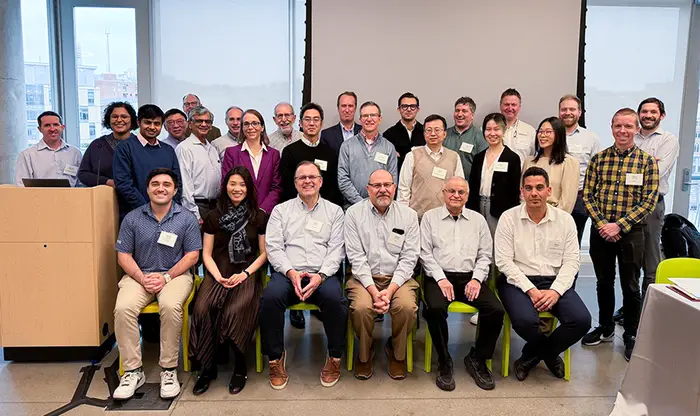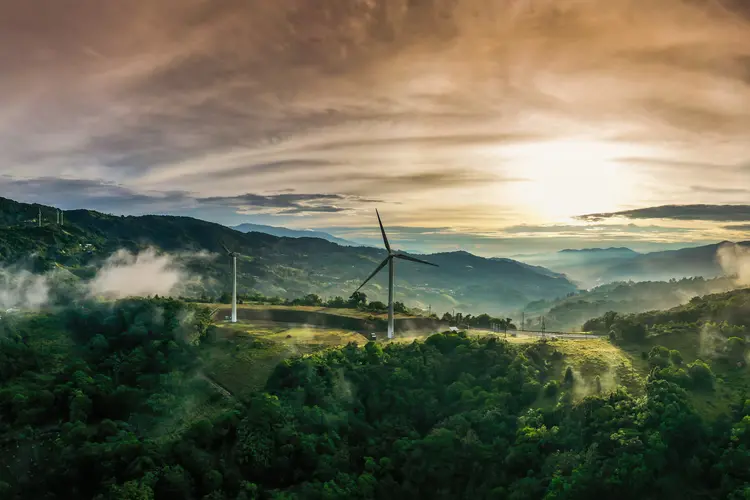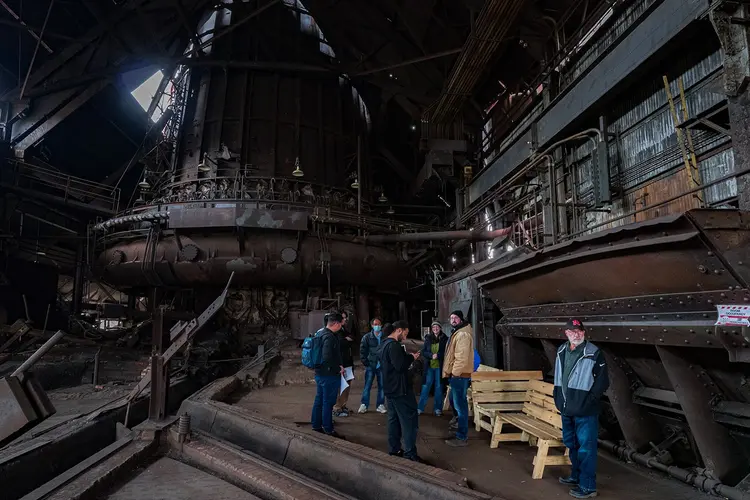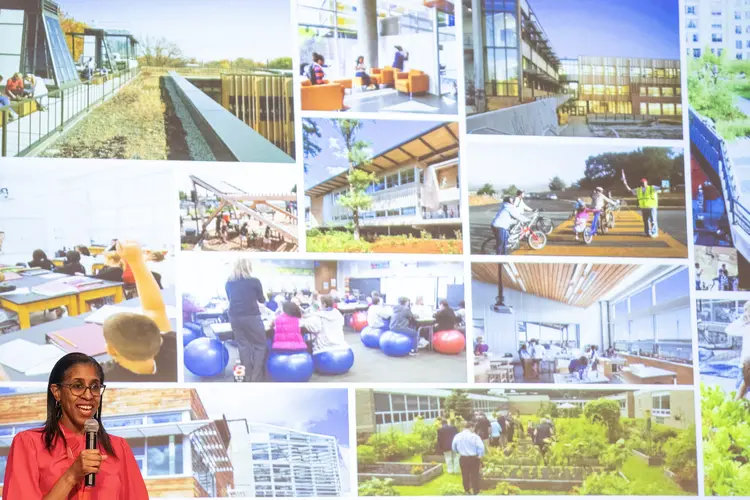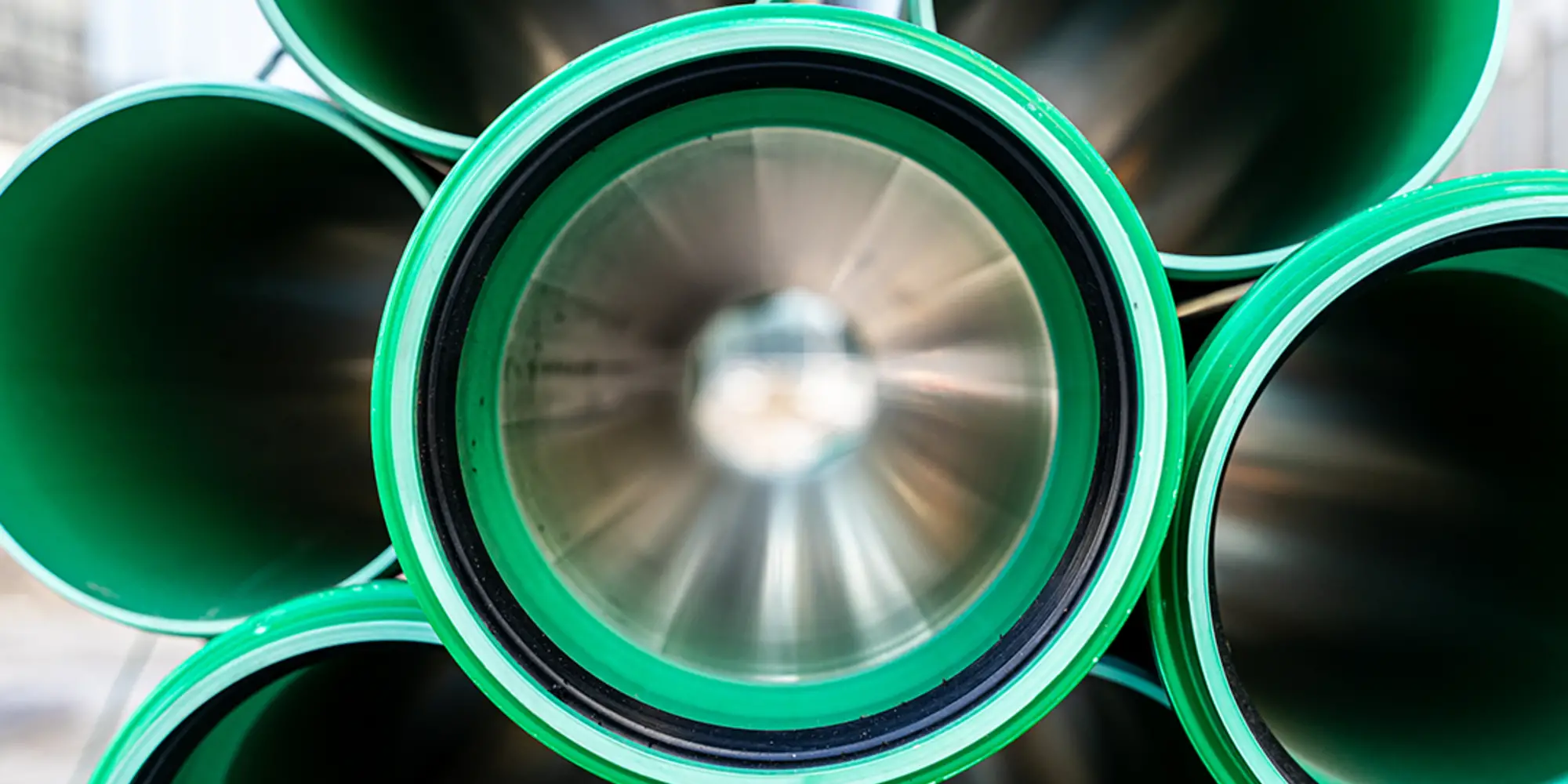
Global Decarbonization Leaders Advance Green Steel Initiatives at CMU
Media Inquiries
On November 13-14, 2024, the Scott Institute for Energy Innovation(opens in new window) and the Center for Iron and Steelmaking Research (CISR)(opens in new window) co-hosted the second Accelerating Green Steel Workshop, an annual gathering of leading experts on iron and steelmaking decarbonization from across the globe.
Iron and steelmaking account for roughly 8% of global final energy demand and 7% of energy-related CO2 emissions (including process emissions), according to the International Energy Agency. Demand for steel is projected to grow to meet the needs of developing countries and build clean energy infrastructure to achieve mid-century climate goals. According to the IEA Steel Breakthrough Agenda Report(opens in new window), the iron and steel sector globally is not on track to meet mid-century net zero goals, with CO2-eq emissions in recent years remaining roughly flat. Even with large subsidies, some net-zero aligned projects are facing delays(opens in new window), while high-emitting steel production is expected to expand by 90 million tons through 2030.
To tackle the challenge of decarbonizing processes while meeting demand worldwide in the coming decades, the workshop brought together representatives from over 17 organizations representing more than a quarter of global iron and steel production and cutting-edge technology innovators to discuss research, development, and demonstration priorities and greenhouse gas (GHG) emissions accounting principles to support deep decarbonization. Gathering so many representatives from a global industry is a rare opportunity to take stock of where the industry is in alignment, while also highlighting any divergences on how to accelerate decarbonization.
“The group was strongly committed to finding ways to make decarbonization work, while tackling the challenges head on,” said Valerie Karplus(opens in new window), associate director of the Scott Institute. “One of the greatest hurdles is the large capital outlays required, especially against a backdrop of growing policy uncertainty in some markets.”
Conference co-chairs Karplus and Chris Pistorius(opens in new window), CISR’s co-director, each hosted sessions that probed specific aspects of the production process that could contribute to a reduced carbon footprint.
Based on the published conference memos, a key topic was setting a standard for GHG emissions reporting. A majority of respondents were in agreement that coke oven emissions and ore mining processing emissions should be required reporting, although they were split on whether there should be separate reporting standards for ironmaking and steelmaking.
Another important takeaway was that companies could maintain their own definitions of green steel while reaching broader consensus on emissions reporting conventions, such as accounting boundaries, that could apply across the industry.
The official Workshop Proceedings(opens in new window), which is produced by Carnegie Mellon and not attributed to any single company, provides actionable steps in support of modernization and decarbonization of iron and steelmaking along the dimensions of emissions reporting, research and development, and consumer transparency needs.
“Over the course of the two days, it became clear that participants were eager to continue the conversation,” said Karplus. “Our next step as a group will be to develop a stronger shared understanding of the ways organizations can decarbonize cost effectively and to examine what combination of public policies, business strategies, and market conditions will help to unlock those opportunities.”
